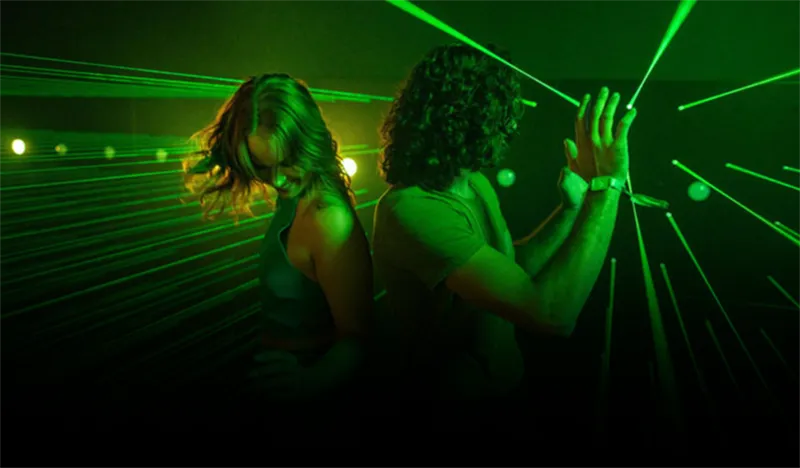5
minute read
East Germany's Stasi secret police resorted to unusual methods in the pursuit of potential dissidents: they collected their scent in a jar.
Stasi agents discreetly gathered the olfactory snapshots using a specially treated cloth. They also stole clothing from sports fields or workplaces, and even snuck tubes into homes to capture elusive air samples. The scents were then stored in the Stasi’s East Berlin offices as a record of potential dissenters who might warrant further surveillance. Thousands of samples were kept.
It was a disturbing tactic used by the East German secret police before the Berlin Wall fell in 1989, one captured in the German movie The Lives of Others (2006), but it seems the practice didn’t stop altogether when the Berlin Wall fell. In an alarming incident that raised hackles again in 2007, German police admitted using Stasi ‘scent profiling’ methods to monitor G8 activists.

Stasi spies: hated and feared
East Germany’s Stasi secret police were among the most hated and feared institutions of the Cold War communist government. Officially, there was one Stasi secret policeman per 166 East Germans but if regular informers and part-time snoops were counted there was a shocking one informer per 6.5 citizens.
Full-time officers were stationed at major industrial plants, while designated watchdogs in apartment buildings reported to Volkspolizei (Vopo) representatives, who, in turn, were aligned with the Stasi. They reported overnight visitors and infiltrated schools, universities, and hospitals, co-opting doctors, lawyers, journalists, writers, actors, and even sports figures into spying.
Privacy was all but non-existent during the Cold War but the story of the scent samples is one of the most invasive - and some believe appalling - practices of the Stasi era. During some interrogations, ‘suspects’ sat on chairs with a yellow cloth secretly placed under the outer upholstery.
The interrogation often led to perspiration which the yellow dust cloth duly collected. The cloth - or a section of the chair - was then removed and sealed into a glass jar so the Stasi had the suspects’ scent in case they ever needed to track them down using sniffer dogs.
.jpg)





